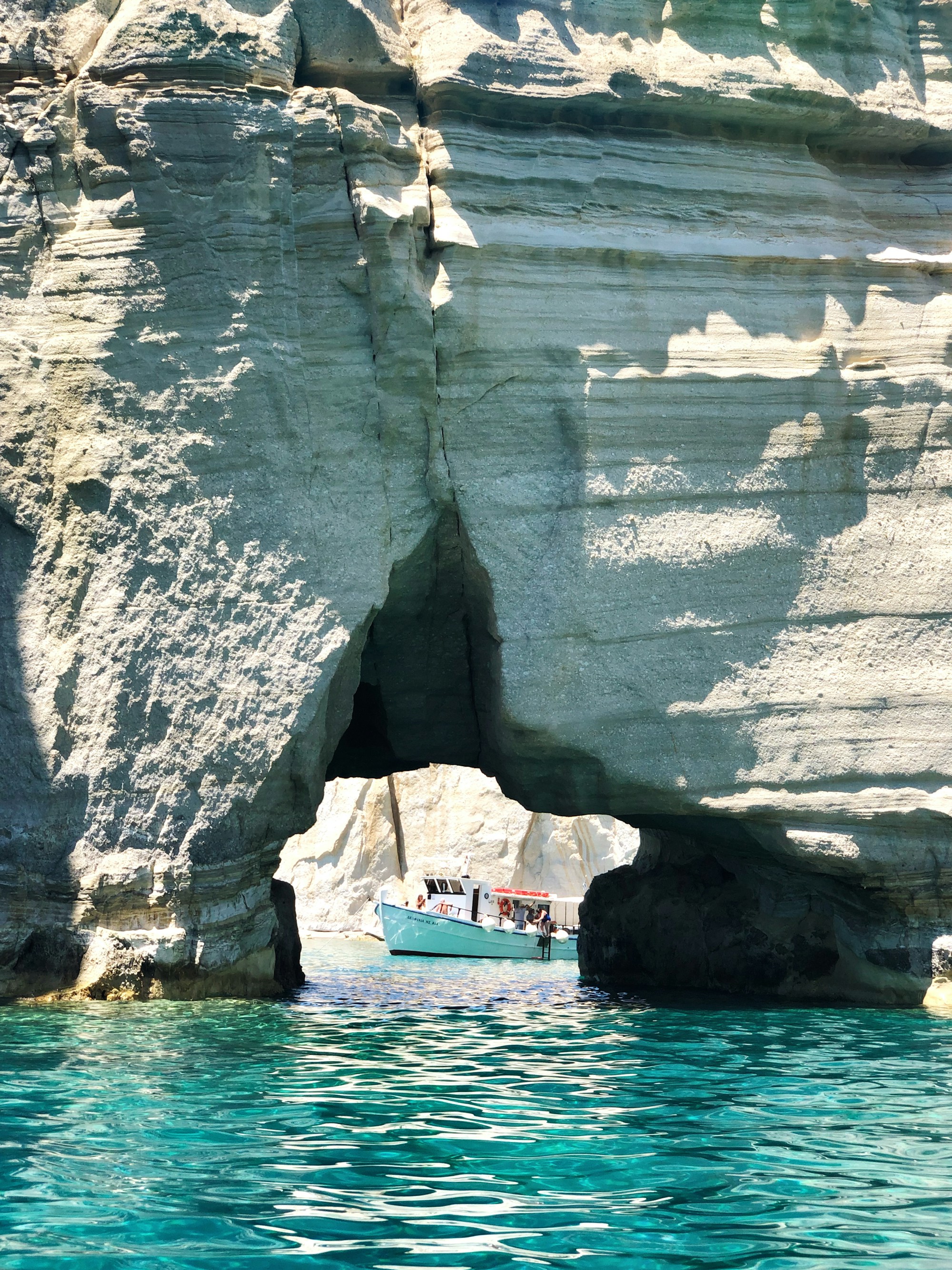Milos Travel Guide: History, Customs, and Festivals

Introduction
Milos, a captivating island in the Cyclades archipelago of Greece, is renowned for its stunning landscapes, luxurious beaches, and rich historical significance. This travel guide delves into the enchanting history, vibrant customs, and various festivals that make Milos an essential destination for travelers seeking a blend of cultural immersion and scenic beauty.
Historical Overview
Milos boasts a deep historical lineage, stretching back to prehistoric times. The island's rich mineral deposits have made it a significant center for various civilizations over the centuries. Notably, Milos is celebrated as the location where the famous Venus de Milo, an ancient Greek statue, was discovered in 1820. This artifact, now residing in the Louvre Museum in Paris, attracts curiosity and admiration worldwide.
Prehistoric Milos
Archaeological findings suggest that Milos has been inhabited since the Neolithic era. Evidence of ancient settlements and mining activities highlight its early importance in the Aegean Sea. The island's unique obsidian deposits were widely used for tool-making and were a significant trade commodity.
Classical and Hellenistic Periods
During the classical era, Milos thrived as a cultural and commercial hub. The island's prosperity in pottery and sculpture contributed to its wealth and significance within the Cyclades. The Hellenistic period saw Milos contribute to the arts and sciences, cementing its standing in the ancient world.
Roman and Byzantine Influence
Under Roman rule, Milos retained its importance due to its strategic location and resources. The Byzantine era added to its architectural and religious heritage, with several churches and fortifications constructed during this period.
Customs and Traditions
Milos is a treasure trove of customs and traditions that reflect the island's rich cultural heritage. These customs, deeply rooted in the daily lives of its inhabitants, offer visitors a glimpse into the island’s enduring legacy.
Festive Celebrations
Festivals in Milos are vibrant occasions, often intertwined with religious observances. They offer a unique perspective into the island’s cultural fabric, marked by music, dance, and traditional food.
- Saint Haralambos: Celebrated on February 10th, the festival honors this beloved saint with church services, processions, and communal feasts.
- Assumption of the Virgin Mary: Held on August 15th in the mountainous village of Zefyria, this significant event includes religious ceremonies, traditional dances, and sumptuous local cuisine.
- Milos Festival: Spanning the entire summer, this festival features concerts, theater performances, and numerous cultural activities held throughout the island.
Culinary Traditions
The gastronomy of Milos is a highlight of its cultural landscape. Influenced by its agricultural and maritime environments, meals are prepared with fresh, locally-sourced ingredients.
- Seafood Delicacies: Being an island, Milos offers an array of seafood dishes including octopus, squid, and various types of fresh fish.
- Pitarakia: Traditional cheese pies made with local Mizithra cheese and often enjoyed as appetizers.
- Koufeto: A traditional wedding sweet made from pumpkins, honey, and almonds, symbolizing the sweetness and prosperity of marital life.
Craftsmanship and Arts
The island has a storied tradition of handcrafted goods, passed down through generations, which include pottery, textiles, and woodwork. Visiting local workshops provides insight into these age-old crafts.
Popular Festivals and Events
Easter Celebrations
Easter in Milos is celebrated with great fervor and spirituality. Holy Week is marked by a series of events, culminating in the joyous Resurrection service. Traditional foods such as Magdalitsa (sweet Easter bread) and lamb dishes are integral to the celebrations.
En Milo Festival
This festival, which takes place in the summer, celebrates the cultural heritage of Milos. It features music concerts, theatrical performances, and art exhibitions. A major highlight is the reenactment of traditional Milos weddings.
July Wine Festival
Held in the picturesque village of Pollonia, the Wine Festival in July is an immersive experience into the island’s winemaking traditions. Visitors can sample various local wines while enjoying traditional music and dance.
Sardine Festival
Celebrated in September, the Sardine Festival in Palaiochori is a tribute to the island's seafaring and fishing heritage. It includes sardine grilling along the beach, accompanied by traditional music and folklore dances.
Conclusion
Milos offers a unique blend of history, culture, and natural beauty that makes it a compelling destination for travelers. From its storied past and vibrant customs to its colorful festivals, Milos promises an enriching and unforgettable experience.
